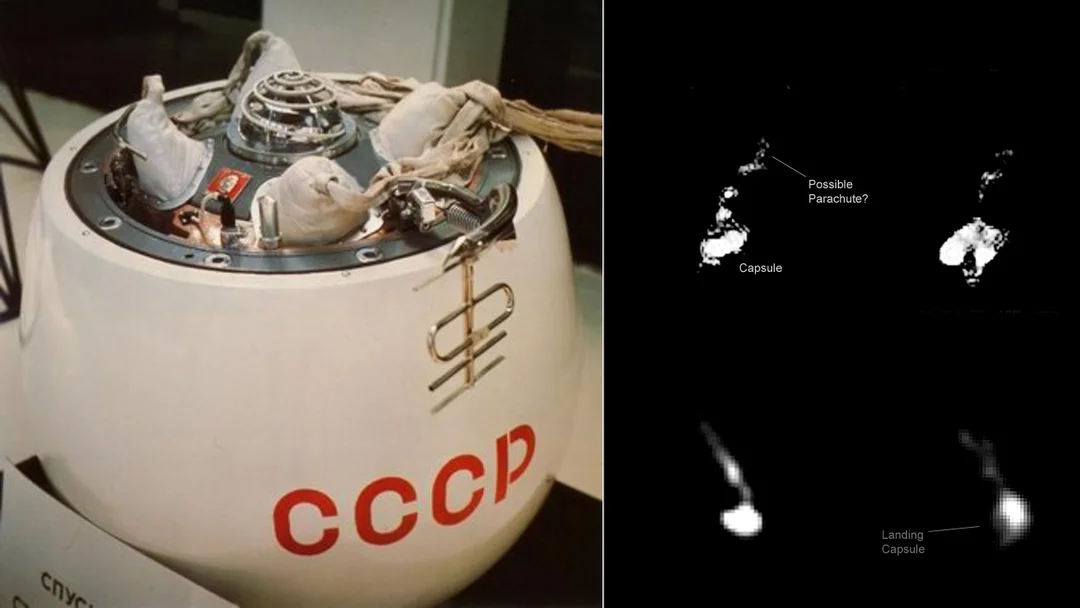
Cosmos 482: Soviet Venus Probe Set for Fiery Re-entry After 50 Years – Will it Hit You?
A relic of the Cold War space race is making an unexpected return. Cosmos 482, a Soviet-era spacecraft originally intended to explore Venus, is predicted to crash back to Earth after spending over half a century stranded in orbit. Launched in 1972, the mission failed when the probe couldn't escape Earth's orbit, and now, decades later, its "final death plunge" is imminent.
Originally scheduled for a launch window between May 7th and May 13th, the re-entry of Cosmos 482 has captured the attention of space experts and the public alike. While the exact date and time of the re-entry remain uncertain due to the unpredictable nature of space weather, current estimates point towards May 10th as a likely date.

The primary concern is the potential impact zone. Experts indicate that debris from Cosmos 482 could land anywhere between 52 degrees North and 52 degrees South latitude. This vast area encompasses a significant portion of the globe, including the entire continental United States, South America, Africa, Australia, and major parts of Europe and Asia. "You wouldn’t want it bashing you on the head," warned Dr. Jonathan McDowell, an astrophysicist at the Harvard-Smithsonian Center for Astrophysics.
However, experts emphasize that the risk to individuals is minimal. Given that approximately 70% of the Earth's surface is covered by water, the odds are that the debris will land in the ocean. The chances of a direct hit on a populated area are considered statistically low. According to The Aerospace Corporation, the risk of causing deadly damage is roughly 1 in 25,000.
What sets Cosmos 482 apart is its design. Built to withstand the harsh conditions of Venus' atmosphere, with its extreme temperatures and crushing pressure, it's highly probable that at least some components of the spacecraft will survive re-entry and reach the ground. This raises concerns about potential contamination or structural damage upon impact.
"It is quite dense, whatever it is, because it had a very low point in its orbit, yet it didn’t decay for decades," said Marlon Sorge, a space debris expert with The Aerospace Corporation, highlighting the durability of the craft.
If debris from Cosmos 482 does land on dry land, authorities urge the public not to approach or touch it. The spacecraft could contain hazardous materials, such as residual fuel. Instead, individuals should contact local authorities immediately.
The re-entry of Cosmos 482 serves as a stark reminder of the growing problem of space debris. With over 1.2 million pieces of space junk larger than 1 centimeter currently orbiting Earth, the risk of collisions and uncontrolled re-entries is increasing. This incident highlights the urgent need for better debris mitigation strategies and international cooperation to ensure the long-term sustainability of space activities.
Will this piece of Cold War history splash down harmlessly in the ocean, or will it leave its mark on land? What steps do you think should be taken to address the increasing dangers of space debris? Share your thoughts and opinions in the comments below.